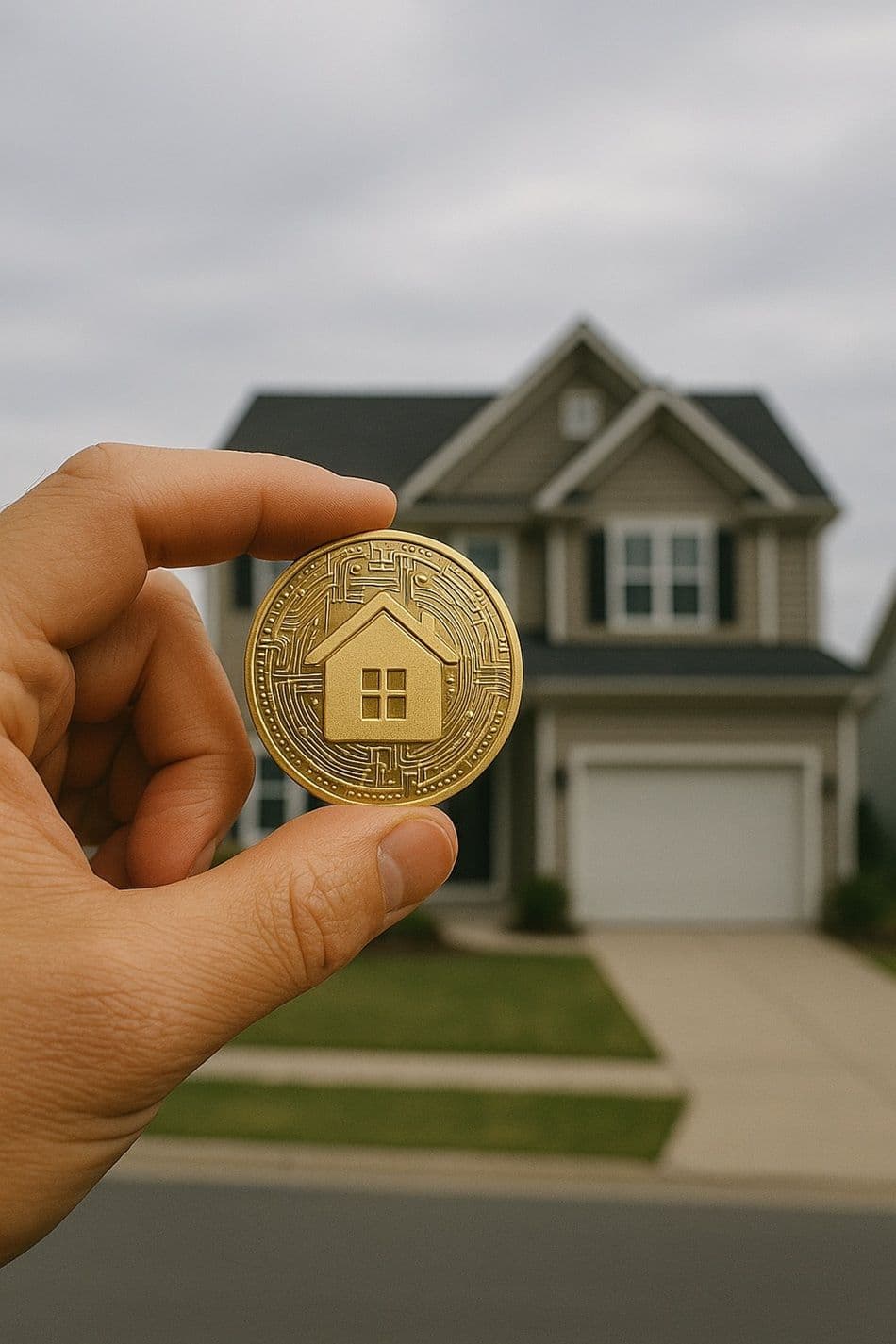Ask GRAI Anything
Your Real Estate Questions, Answered Instantly via Chat


Help us make GRAI even better by sharing your feature requests.

For much of the 20th century, real estate ownership was simple:
You saved, you bought, you held.
In 2025, it’s anything but.
High prices, rate shocks, and institutional dominance have created a generation of would-be owners locked out of traditional property markets. Their response has not been retreat - but reinvention.
Across the globe, a wave of alternative ownership models is quietly reshaping how people access real estate - from co-ops to fractional models to tokenized assets. It’s the most important evolution in property markets since the invention of the mortgage.
Cooperative housing isn’t new - but it’s having a comeback.
In cities where home prices have detached from incomes, co-ops are becoming the practical middle ground between renting and owning.
The U.S. now counts over 1.5 million co-op housing units, with renewed interest in metros like New York, Chicago, and San Francisco.
Berlin’s community housing trusts and Copenhagen’s andel systems have expanded, allowing citizens to collectively own land and buildings - separating use rights from profit speculation.
India’s cooperative housing societies are regaining traction amid rising defaults and delayed private developments, offering buyers control and transparency in smaller collectives.
In an era defined by speed and speculation, co-ops represent the opposite: patient, democratic real estate. They’re not a step backward - they’re a pause button in a hyper-financialized market.
Also Read: Why Housing Affordability Will Never Come Back - and What Smart Buyers Are Doing Instead
If co-ops are about community, fractional ownership is about access.
Platforms like Pacaso, Lofty.ai, ReAlpha, and Arrived Homes have made it possible to own 1/8th of a villa in Mallorca or 1/10th of a rental home in Austin.
According to CB Insights (2025), global fractional real estate transactions surpassed $9 billion in 2024, up 55% year-over-year.
Fractional models promise:
Lower barriers to entry
Diversified risk
Shared use and returns
But they also create a gray zone of ownership: you’re not a tenant, not a landlord, and not quite an investor in the traditional sense.
The biggest challenge? Liquidity.Selling a fraction isn’t the same as selling a house - and secondary markets are still shallow.
Still, for younger investors, it’s the first tangible bridge back into the real estate world.
Fractional ownership is turning homes into the new index funds.
Blockchain’s pitch to real estate has always been simple: turn paper deeds into digital shares.
And in 2025, the vision is finally moving from hype to infrastructure.
Singapore, Switzerland, and Dubai lead the regulatory frontier, creating compliant frameworks for real-estate-backed tokens.
U.S. adoption is slower but steady - BlackRock’s real-asset fund pilots have brought tokenized CRE debt mainstream.
Must Read: The CRE Debt Bomb: Why Commercial Real Estate Distress Could Reshape Housing and Global Investment
Tokenization enables fractional liquidity, allowing investors to buy or sell slivers of property exposure much like equities.
Its success, however, depends on two forces that rarely align - technology and regulation. The tech is ready. The compliance landscape isn’t.
Still, as trading platforms mature and global investors seek diversification, tokenized property could unlock trillions in trapped value.
The global real estate market is experiencing what analysts call ownership compression - the gap between what people want to own and what they can afford to own.
| Year | Global Home Price Index (OECD) | Average Mortgage Rate | Institutional Share of Rental Market |
|---|---|---|---|
| 2015 | 100 | 3.10% | 7% |
| 2025 | 151 | 6.20% | 18% |
This structural squeeze is pushing both retail investors and residents to find creative access points. Alternative ownership models are not simply fintech fads - they’re economic necessity in disguise.
For investors, this shift opens up a new class of hybrid real estate instruments that blend stability with liquidity:
Co-ops → stable, governance-heavy, community-led
Fractionals → medium-risk, experience-driven, limited liquidity
Tokens → high-risk/high-reward, global exposure, emerging regulation
In portfolio terms, these are mid-yield, mid-volatility assets - diversifiers that sit between traditional REITs and direct property holdings.
Institutions are paying attention too. Pension funds in Canada and family offices in the UAE have begun allocating small percentages of their real estate portfolios to digitally fractional or tokenized assets for liquidity optionality.
With GRAI, investors and analysts can simulate how these ownership models perform under real-world conditions:
“Compare yield volatility between fractional and REIT portfolios.”
“Forecast tokenized real estate adoption by region and regulation speed.”
“Simulate price stabilization under co-op expansion scenarios.”
“Model blended ROI portfolios with direct, fractional, and tokenized assets.”
Model Your Next Property Investment with GRAI : https://internationalreal.estate/chat
The meaning of “owning property” is being rewritten.
For some, it’s a crisis - a reminder that traditional homeownership is out of reach.
For others, it’s liberation - proof that technology can open doors previously closed by capital.
The truth is both.
What began as a workaround is quickly becoming a parallel system - one that’s digital, distributed, and still deeply human.
Because even in a tokenized world, the desire for shelter - and the dream of ownership - remains the most tangible thing we have.